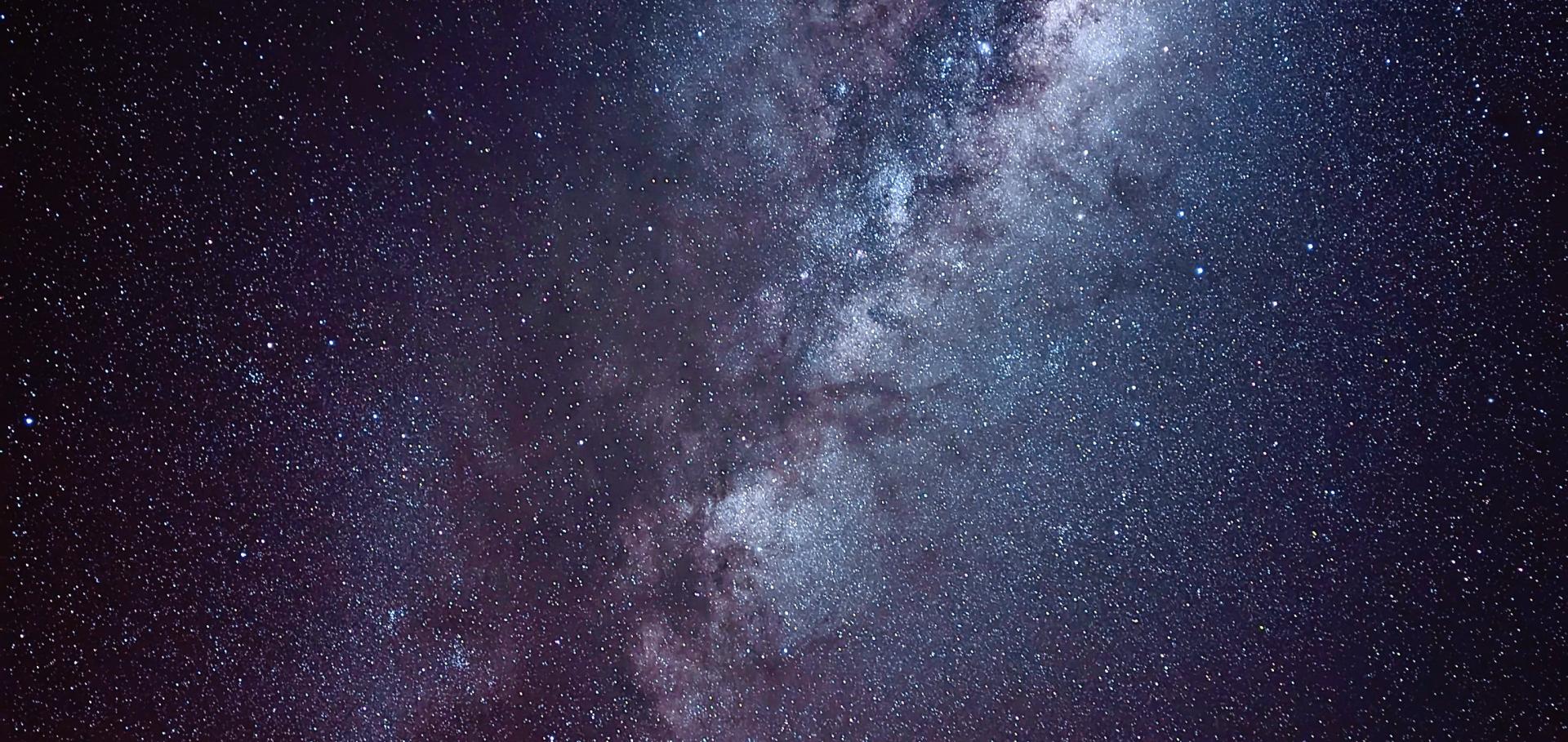Search for the Optical Counterpart of Einstein Probe Discovered Fast X-ray Transients from Lulin Observatory
(2025)
Discovery and Extensive Follow-up of SN 2024ggi, a Nearby Type IIP Supernova in NGC 3621
The Astrophysical Journal American Astronomical Society 983:1 (2025) 86
Abstract:
We present the discovery and early observations of the nearby Type II supernova (SN) 2024ggi in NGC 3621 at 6.64 ± 0.3 Mpc. The SN was caught 5.8−2.9+1.9 hr after its explosion by the ATLAS survey. Early-phase, high-cadence, and multiband photometric follow-up was performed by the Kilonova Finder (Kinder) project, collecting over 1000 photometric data points within 1 week. The combined o- and r-band light curves show a rapid rise of 3.3 mag in 13.7 hr, much faster than SN 2023ixf (another nearby and well-observed SN II). Between 13.8 and 18.8 hr after explosion, SN 2024ggi became bluer, with u − g color dropping from 0.53 to 0.15 mag. The rapid blueward evolution indicates a wind shock breakout (SBO) scenario. No hour-long brightening expected for the SBO from a bare stellar surface was detected during our observations. The classification spectrum, taken 17 hr after the SN explosion, shows flash features of high-ionization species such as Balmer lines, He i, C iii, and N iii. Detailed light-curve modeling provides critical insights into the circumstellar material (CSM). Our favored model has an explosion energy of 2 × 1051 erg, a mass-loss rate of 10−3 M⊙ yr−1 (with an assumed 10 km s−1 wind), and a confined CSM radius of 6 × 1014 cm. The corresponding CSM mass is 0.4 M⊙. Comparisons with SN 2023ixf highlight that SN 2024ggi has a less dense confined CSM, resulting in a faster rise and fainter UV flux. Citizen astronomer collaboration and extensive data are essential for SBO searches and detailed SN characterizations.SN 2023zaw: The Low-energy Explosion of an Ultrastripped Star
The Astrophysical Journal Letters American Astronomical Society 980:2 (2025) L44
Abstract:
Most stripped-envelope supernova progenitors are thought to be formed through binary interaction, losing hydrogen and/or helium from their outer layers. Ultrastripped supernovae are an emerging class of transient that are expected to be produced through envelope stripping by a neutron star companion. However, relatively few examples are known, and the outcomes of such systems can be diverse and are poorly understood at present. Here we present spectroscopic observations and high-cadence, multiband photometry of SN 2023zaw, a rapidly evolving supernova with a low ejecta mass. SN 2023zaw was discovered in a nearby spiral galaxy at D = 39.7 Mpc. It has significant Milky Way extinction, E(B − V)MW = 0.21, and significant (but uncertain) host extinction. Bayesian evidence comparison reveals that nickel is not the only power source and that an additional energy source is required to explain our observations. Our models suggest that an ejecta mass of Mej ∼ 0.07 M⊙ and a synthesised nickel mass of MNi ∼ 0.007 M⊙ are required to explain the observations. We find that additional heating from a central engine, or interaction with circumstellar material, can power the early light curve.Identification of the Optical Counterpart of the Fast X-Ray Transient EP240414a
The Astrophysical Journal Letters American Astronomical Society 978:2 (2025) L21

